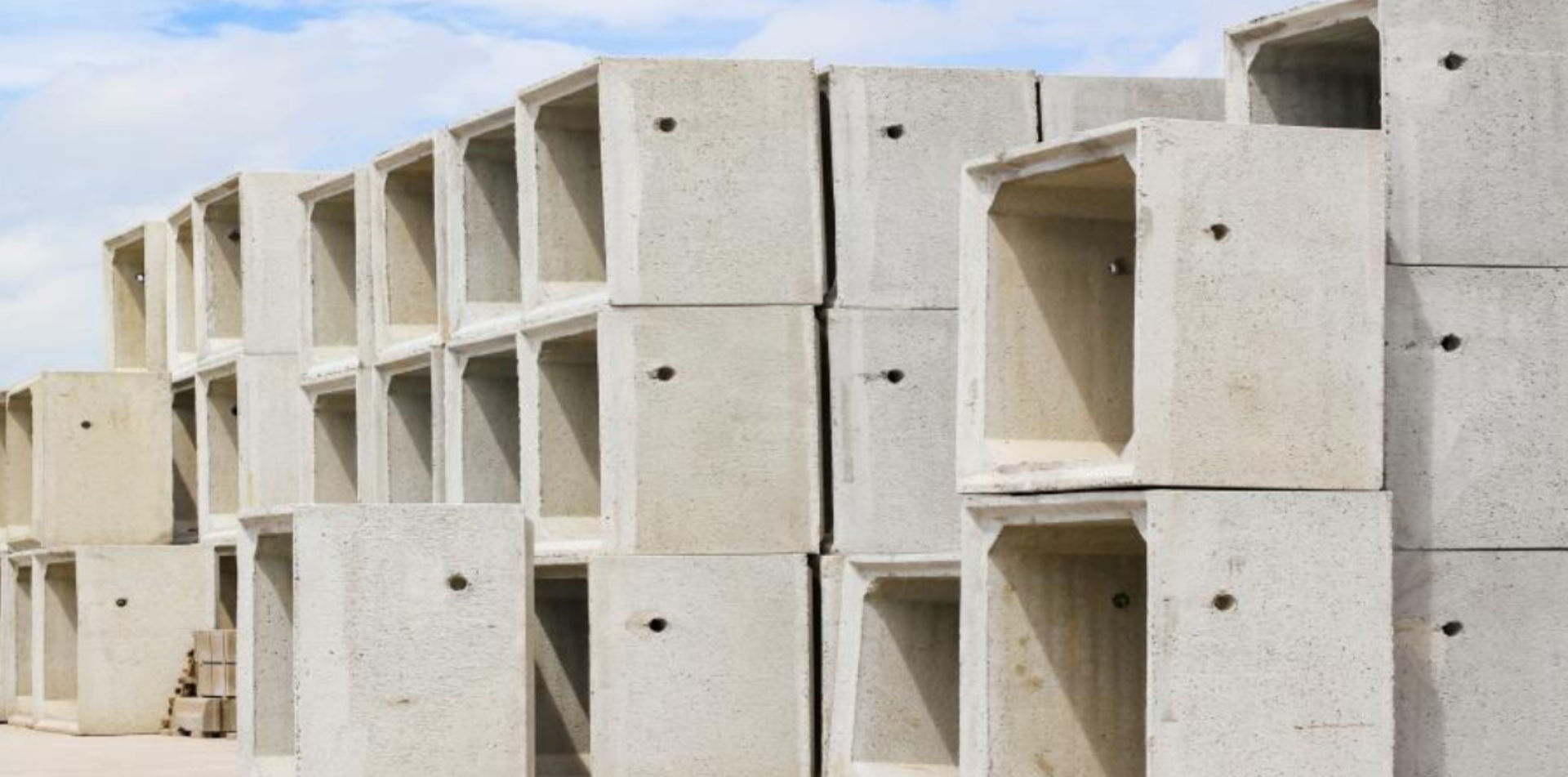
Download
Please provide the following details :
This field is required
This field is required
Please enter valid email (e.g. johnsmith@domain.com)

Please provide the following details :
This field is required
This field is required
Please enter valid email (e.g. johnsmith@domain.com)
If you're in the precast concrete industry, you know how critical watertightness is for underground structures like box culverts, pipes, and tanks. Leaks can lead to corrosion, freeze-thaw damage, and long-term structural issues.
But here’s the good news: you can achieve watertight precast elements using Steel Fiber Reinforced Concrete (SFRC) — and validate it with a simplified serviceability design approach.
Many precasters around the world have been using Dramix® steel fibers for decades, and they’ve consistently delivered improved durability and post-cracking performance. SFRC is more than just an alternative to traditional rebar — it simplifies production, reduces costs, and lowers embodied carbon.
Wondering if SFRC can truly ensure watertightness? Let’s explore by looking at a new design approach.
A typical design approach uses loads to calculate internal forces, such as the bending moment that occurs under service conditions. Design must comply with standards and codes, while also having to meet testing requirements.
When it comes to watertight concrete structures, Serviceability Limit State (SLS) is what really matters. That means controlling the crack width under service loads — ideally below 0.3mm.
To check the SLS performance of the Steel Fiber Reinforced Concrete structure, we propose to compare the bending moment under SLS loads with the SLS bending capacity, i.e. partial safety factors equal to one. To do this easily and efficiently, designers must take into account the design tensile strength derived from the residual flexural strength (with reference to the EN14651) values associated with specific crack widths, typically 0.1, 0.2, or 0.3mm.
The performance of Dramix® 5D fibers is backed by 3-point flexural tests according to EN14651. These tests measure residual flexural strength at 0.5mm (fR1), 1.5mm (fR2), 2.5mm (fR3), and 3.5mm (fR4) CMODs, with fR1 and fR3 typically associated to SLS and ULS design conditions respectively. When it comes to watertight structures, fR values corresponding to CMOD values below 0.5mm should be taken into account.
By switching to SFRC and using this simplified SLS design method, you can:
At Bekaert, we’re here to support your journey toward sustainable precast concrete solutions. Our Dramix® experts can help you choose the right fiber type and dosage for your specific element — whether it’s a culvert, tank, pipe, or any other precast element. 👉 Contact us today to discuss your next precast project and discover how SFRC can help you achieve watertightness with confidence or have a look at our documentation: